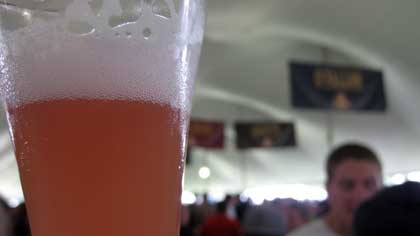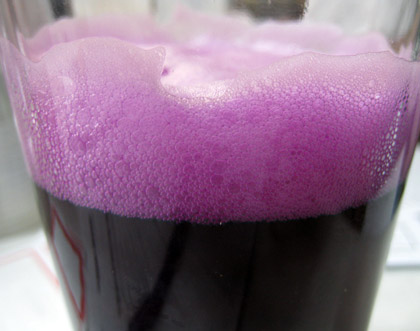RIP, Beermapping Project Great American Beer Festival Fantasy Draught. Jonathan Surratt has come to his senses and let the crazy-to-administrate beast ride into the sunset after four fun-filled years.
But a new game has arrived to fill the void, the FBAG 2011 Brewery Pick’em Contest. So put down that beer judging glass, Jay Brooks, and get your entry in before the Thursday deadline.
Although the rules for the FBAG 2011 Brewery Pick’em Contest look a little scary I like the “here’s what you have to spend” concept (probably taken from some sports related competition I’ve never seen). This way everybody who wants to can own Jeff Bagby. Not just the player lucky enough to get him via draft.
I won’t be participating (having retired after Bagby and Flying Dog ran roughshod in 2009) so I’ll pass along two quick suggestions for filling out a roster after spending $26-$30 upfront. AC Golden hardly qualifies as a sleeper after four medals the last two years, but the small brewery inside of Coors’ giant brewery has expanded its lineup. And how can Sun King (winner at the World Beer Cup and GABF last year) still be only a buck?
Also, I stand by last night’s tweet. If Marble Brewery (which has to break through one of these years) or Urban Chestnut Brewing (new this year, and in judging only) were on the list they’d make great $1 choices.

